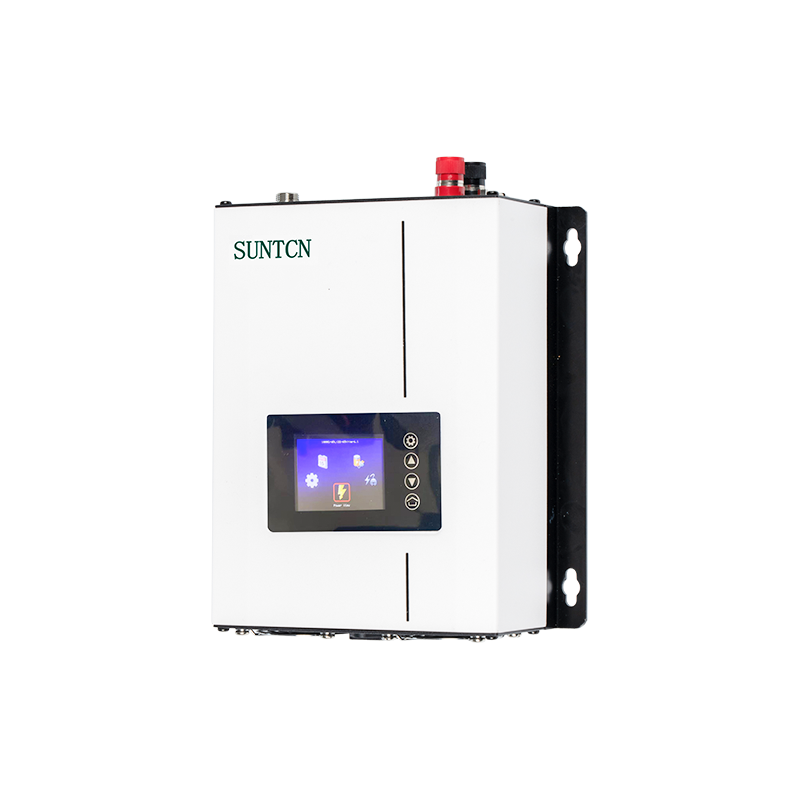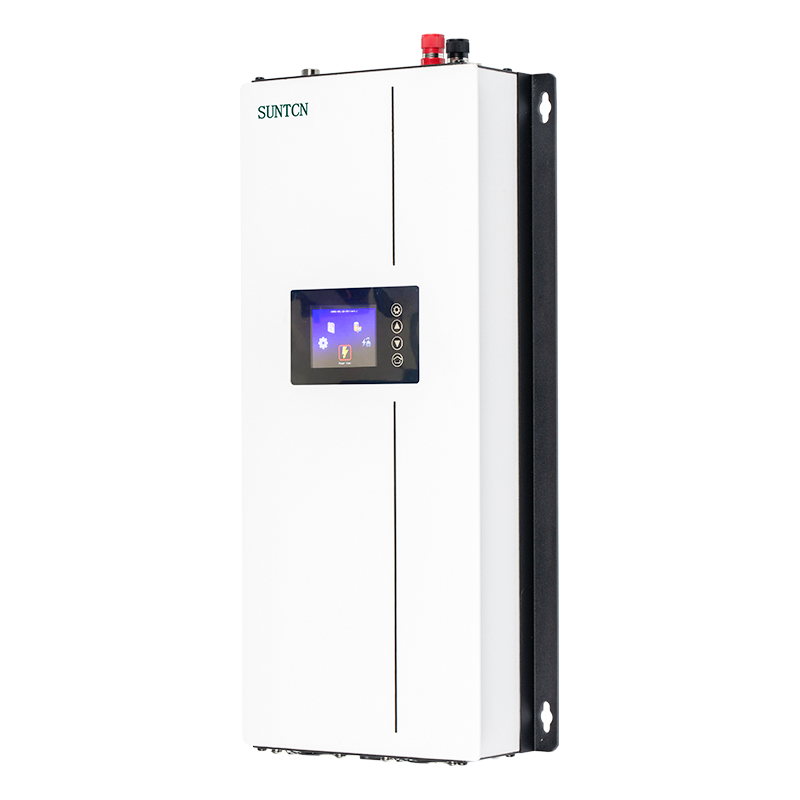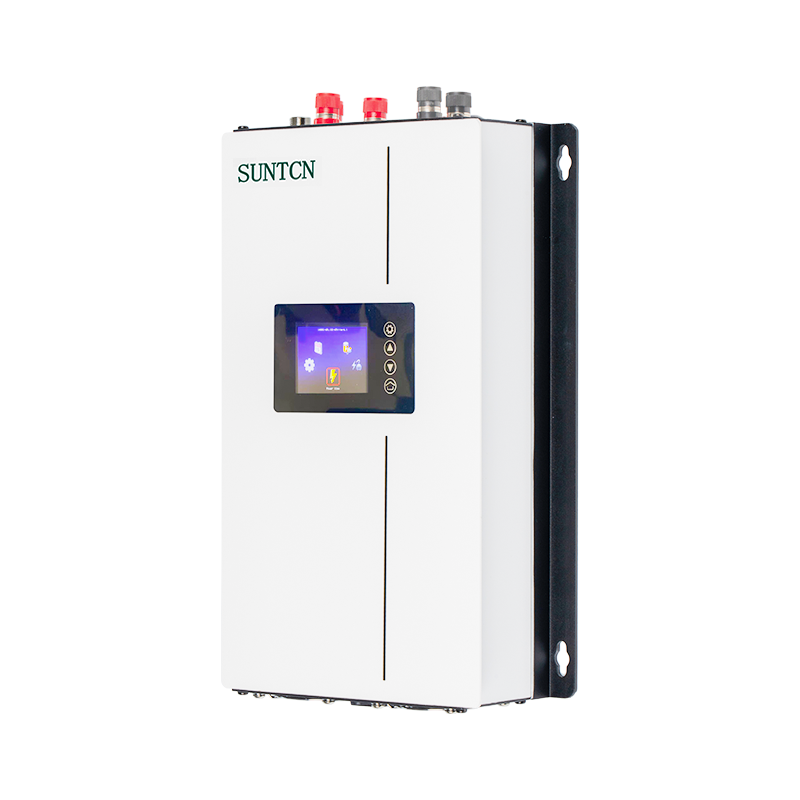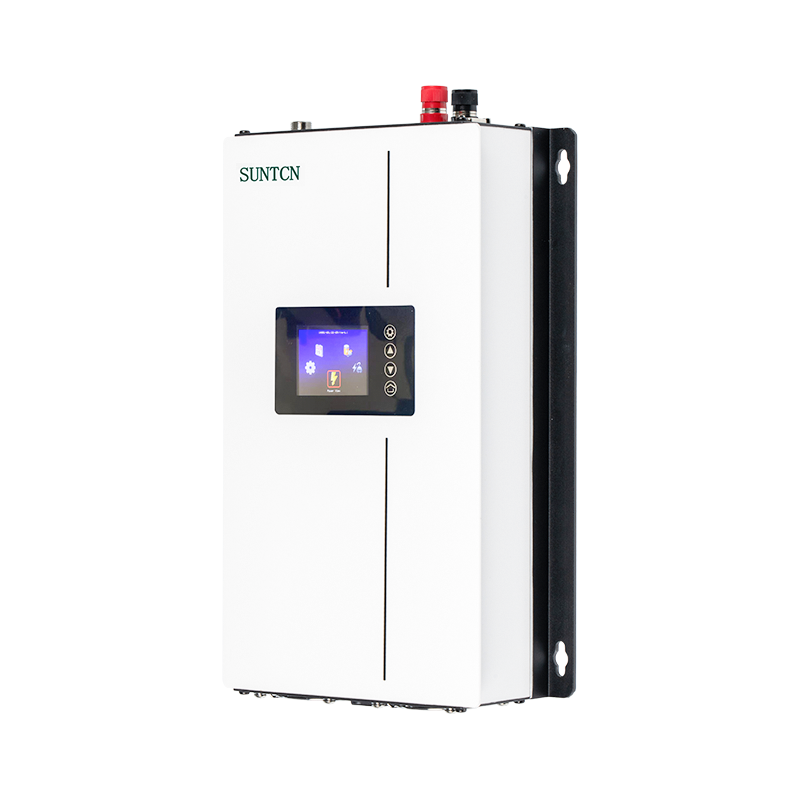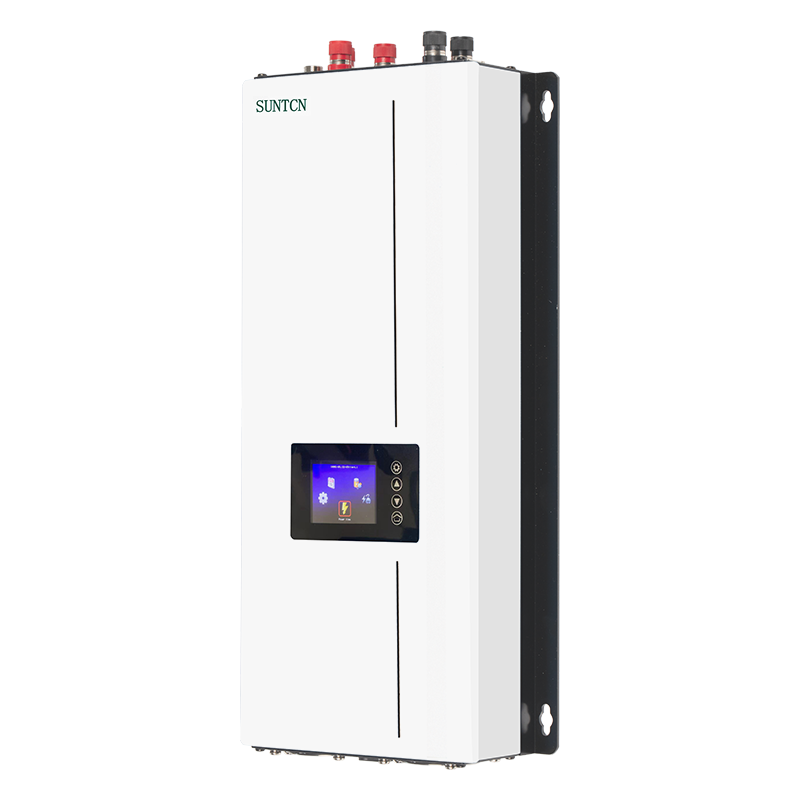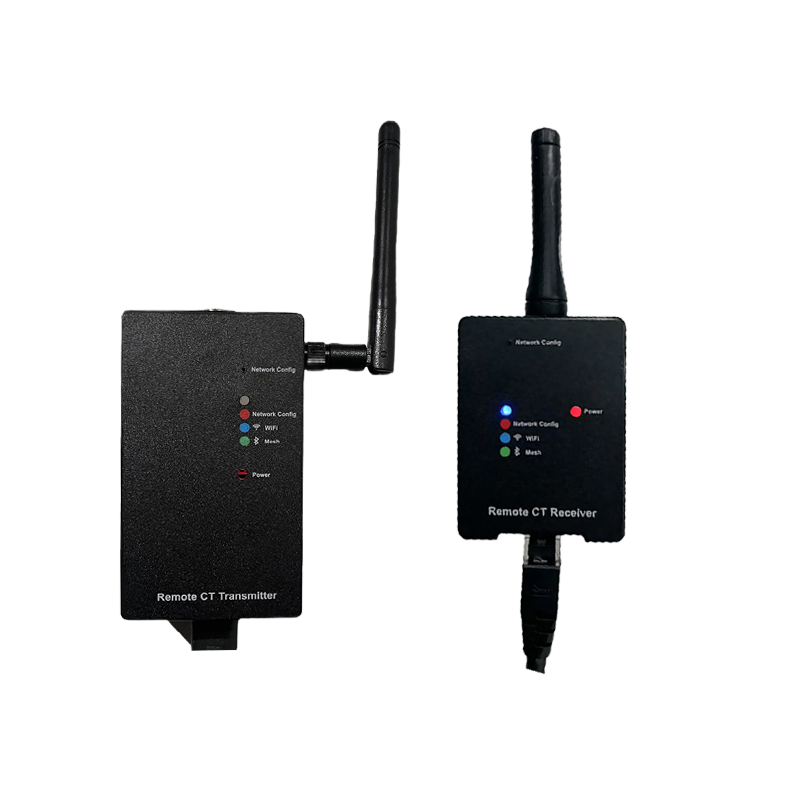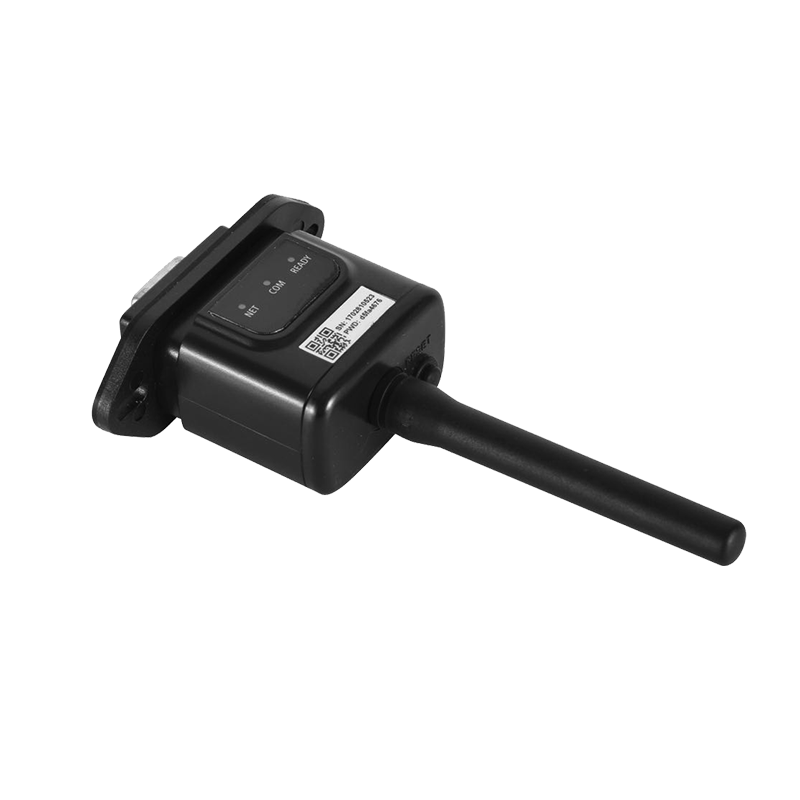As the world shifts towards sustainable and renewable energy sources, solar power has emerged as a leading solution for reducing dependence on fossil fuels and lowering carbon footprints. However, to harness the full potential of solar energy, efficient power conversion and management are essential. This is where PV hybrid inverters come into play. These inverters are a critical component of modern solar power systems, enabling the integration of solar panels with the grid and battery storage systems. By doing so, they optimize energy use, reduce costs, and contribute to a more reliable and resilient energy supply.
The operation of a PV hybrid inverter involves several steps, working in tandem with solar panels, batteries, and the grid. Here’s an overview of how it functions:
When sunlight hits the solar panels, they generate DC electricity. The hybrid inverter converts this DC power into AC electricity, which is used to power household or business appliances. If the solar power produced is sufficient to meet the demand, the inverter sends the excess power to the battery storage system, where it is stored for later use.

The PV hybrid inverter manages the energy flow between the solar panels and the batteries. When the batteries are low, the inverter draws power from the solar panels to charge them. Conversely, when the batteries are full, excess energy can either be stored in the grid (for grid-tied systems) or used directly to power devices. This efficient energy management ensures that stored energy is available when solar power generation is insufficient, such as during cloudy days or at night.
One of the key features of a hybrid inverter is its ability to interact with the electrical grid. When the solar power generation exceeds the immediate demand and the batteries are full, the excess power is fed back into the grid. This process is often incentivized by utility companies through net metering or feed-in tariffs. On the other hand, when solar energy is insufficient (e.g., at night), the inverter can draw power from the grid to supply energy needs.
Hybrid inverters use intelligent algorithms to optimize the overall energy management process. For example, they can prioritize solar energy usage, maximize battery lifespan by controlling charge/discharge cycles, and ensure that energy from the grid is used only when absolutely necessary. This dynamic energy management is key to maximizing savings and enhancing the sustainability of the system.
One of the defining features of a PV hybrid inverter is its ability to manage and integrate multiple sources of energy, such as solar, batteries, and the grid. This flexibility allows users to customize their energy system according to their needs and location.
Hybrid inverters include sophisticated battery management systems (BMS) that monitor the state of charge, health, and temperature of the batteries. This ensures that the batteries are optimally charged and discharged, preventing damage from overcharging or deep discharge, and extending the battery’s lifespan.
Many hybrid inverters are grid-tied, meaning they can send excess energy to the grid while drawing energy from it when needed. This feature allows users to benefit from net metering, where the energy they produce is credited back to their utility account.
Most hybrid inverters come equipped with monitoring features that allow users to track the performance of their solar energy system in real-time. This can include data on energy production, consumption, battery status, and grid interaction. Monitoring is often done through a mobile app or web portal, giving users full visibility into their energy usage.
Many PV hybrid inverters are scalable, meaning that they can be expanded as energy needs grow. For example, users can add more solar panels or batteries to increase their system's capacity without needing to replace the inverter. This scalability makes hybrid inverters a long-term, adaptable solution for both residential and commercial solar installations.
PV hybrid inverters enable the efficient use of solar power by allowing excess energy to be stored in batteries for later use. This reduces reliance on the grid and maximizes the energy generated by the solar panels, leading to lower electricity bills and reduced environmental impact.
By integrating battery storage, hybrid inverters allow users to store energy generated during the day for use at night or during periods of low sunlight. This increases energy independence, as users can rely on their own stored solar energy rather than purchasing electricity from the grid.
Hybrid inverters can significantly reduce electricity bills by ensuring that solar energy is used as much as possible before drawing power from the grid. Moreover, feeding excess energy back into the grid can earn users credits or payments from their utility companies, further reducing costs.
The use of a hybrid inverter in a solar energy system is a step towards a more sustainable lifestyle. By increasing the use of renewable energy and reducing reliance on fossil fuels, users can help lower carbon emissions and contribute to global efforts to combat climate change.
The ability to manage both solar energy and grid power means that users have a reliable and flexible energy system. In case of grid outages, many hybrid inverters are capable of providing backup power from stored energy, ensuring continued electricity supply.

 English
English Español
Español Deutsch
Deutsch